NVIDIA Grace CPU: Redefining High-Performance Computing with Unmatched Power and Efficiency
- Sep 01, 2024
- 1736
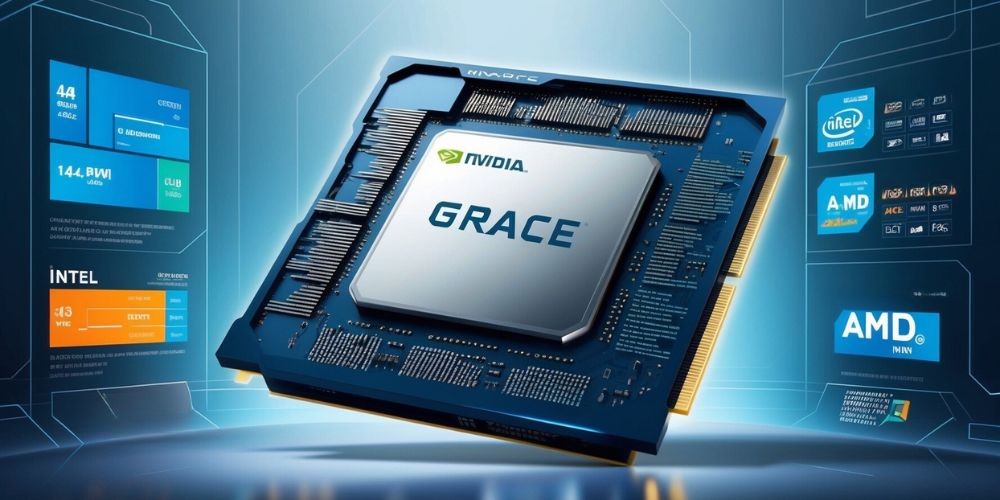
In the ever-evolving landscape of computing technology, performance benchmarks are paramount for assessing the capabilities and advancements of processors. NVIDIA's latest innovation, the Grace CPU, has caught the attention of industry enthusiasts with its impressive results juxtaposed against established competition, namely Intel and AMD. In this discussion, we delve into the architecture, specifications, and performance of the Grace CPU, showcasing how it positions itself within the realms of high-performance computing and data centers.
NVIDIA Grace: A New Force in High-Performance Computing
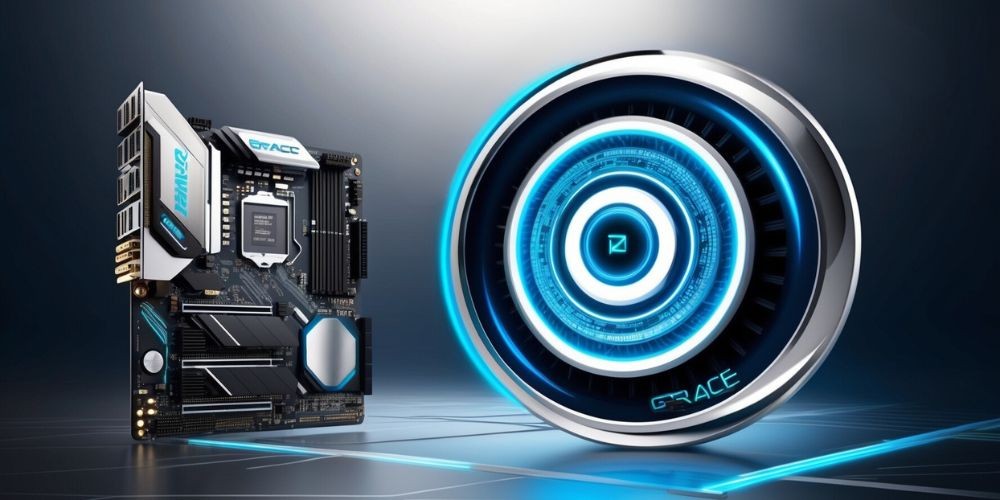
The NVIDIA Grace CPU is specifically designed to cater to the demanding requirements of high-performance computing (HPC) environments, especially within server and data center applications. As organizations increasingly rely on scalable and efficient computing solutions, the Grace CPU aims to deliver unmatched processing power while maintaining energy efficiency.
Architectural Excellence: Unveiling the Specifications
At the core of the Grace CPU lies its architecture based on ARM technology. This remarkable chip houses a total of 72 Arm Neoverse N2 cores, designed to optimize performance across various computational tasks. Among its impressive specifications, the CPU incorporates LPDDR5x memory to ensure high-speed data access. Notably, there are two distinct configurations for deployment: the Grace Superchip and the Grace Hopper Superchip. The former leverages two Grace CPUs, amassing a staggering 144 cores, while the latter combines a single 72-core Grace CPU with NVIDIA’s Hopper H200 GPU.
Some critical highlights of the Grace CPU include:
- Exceptional performance tailored for HPC and cloud environments.
- Innovative superchip design featuring up to 144 Arm v9 CPU cores.
- World's first LPDDR5x with ECC Memory and a total bandwidth of 1TB/s.
- Estimated SPECrate2017_int_base score exceeding 740.
- A coherent interface offering 900 GB/s, outperforming PCIe Gen 5 by a factor of seven.
- Double the packaging density compared to traditional DIMM-based solutions.
- Twice the performance per watt compared to current leading CPUs.
- Full compatibility with NVIDIA's extensive software stacks, including RTX, HPC, AI, and Omniverse.
Performance Unleashed: Testing Against Competitors
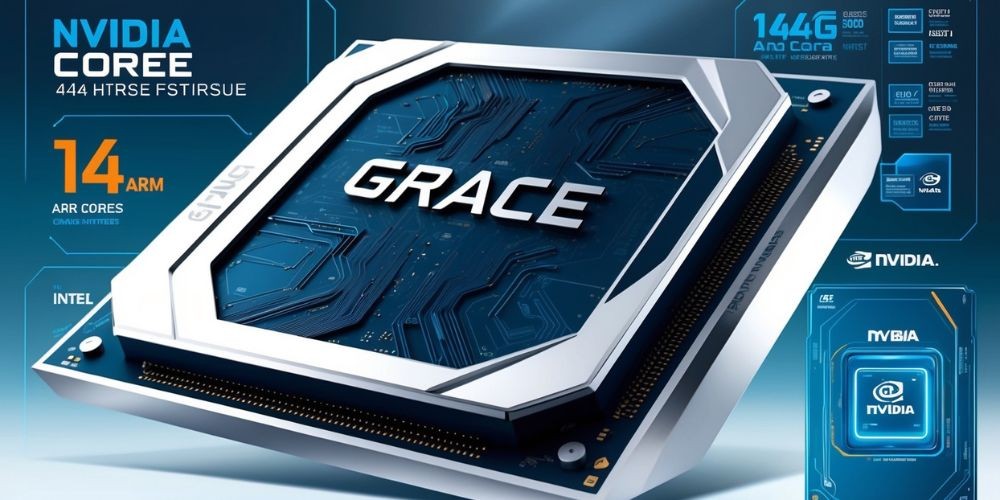
NVIDIA has previously released performance metrics showcasing the Grace CPU's efficiency and power against competiting offerings from Intel's Sapphire Rapids and AMD's Genoa. However, recent testing using the Geekbench benchmark has revealed how well the Grace CPU fares against high-end workstation CPUs—particularly AMD's flagship Threadripper 7995WX.
The performance evaluation utilized Supermicro's ARS-111GL-NHR system, a compact design supporting the NVIDIA GH200 platform, allowing a single Grace CPU to shine. Running at a peak clock speed of 3.35 GHz across all cores, the architecture achieves an impressive thermal design power (TDP) of approximately 200W. This system holds a rated 500W TDP, encompassing the power needs of LPDDR5x memory modules as well.
Benchmark Results: Nearing the Competition
The Geekbench results for the NVIDIA Grace CPU are noteworthy: it scored 1,636 points in the single-core test and an astounding 74,440 points in the multi-core assessment. This positioning places the Grace CPU in close quarters with AMD's 96-core Threadripper 7995WX. Although the Threadripper is designed to operate at higher clock speeds of up to 5.1 GHz and require a power consumption of nearly 350W, the Grace CPU's performance results demonstrate its formidable capabilities in competitive scenarios.
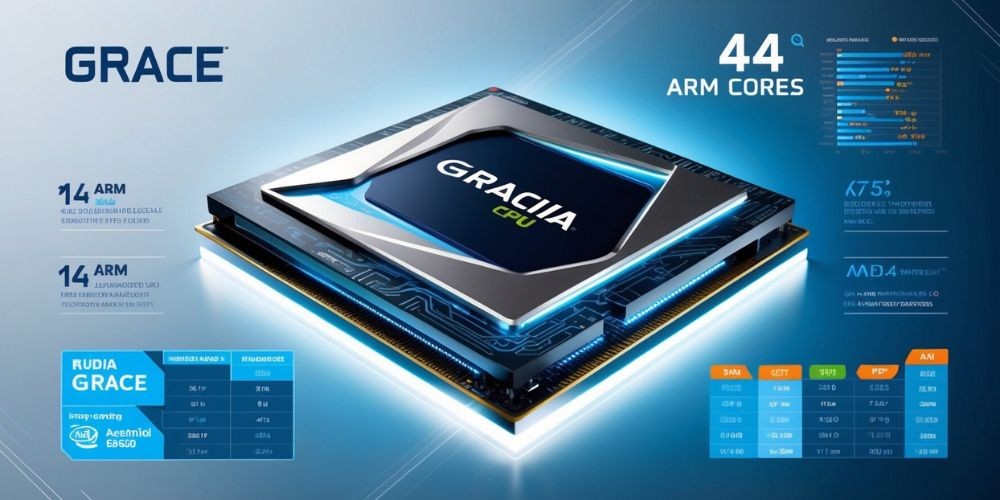
Additionally, the Grace CPU managed to outperform Intel's top Xeon workstation offerings, even under extreme conditions with LN2 cooling and upwards of 1000W TDP. This illustrates not only the raw power of the Grace CPU but also its potential applicability for various workloads and scenarios seeking high-performance solutions.
Factors to Consider: Benchmark Limitations
While the Geekbench results herald promising outcomes for NVIDIA's Grace CPU, it is essential to recognize that bench performance often varies widely across different workloads and applications. Although the results are commendable in the context of Geekbench, real-world server applications may yield different performance characteristics based on specific operational needs.
Future Prospects: What Lies Ahead for NVIDIA
As the tech landscape continues to advance, NVIDIA is looking ahead to its next-generation Vera CPUs expected in 2026. These upcoming offerings will represent the next phase in NVIDIA's commitment to ARM technology, widening the potential applications and improving performance in future computing solutions. Additionally, NVIDIA is anticipated to unveil consumer-oriented ARM-based options targeting the burgeoning "AI PC" market in the coming years, indicating a robust development trajectory for ARM processors.
Conclusion: The Rise of NVIDIA's Grace CPU
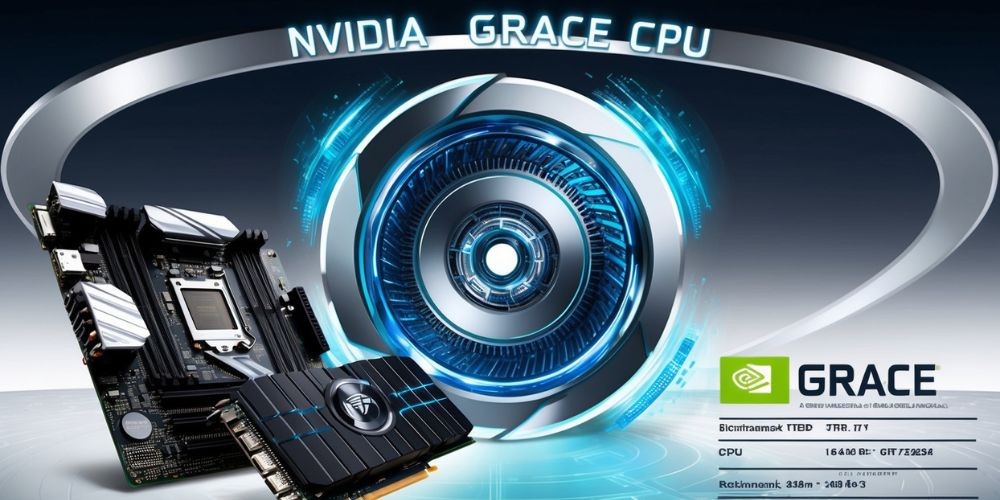
NVIDIA’s entry into the high-performance computing sector with its Grace CPU presents a compelling alternative to existing x86 workstation behemoths from Intel and AMD. By emphasizing core optimization, design efficiency, and substantial computational power, the Grace CPU is well-positioned to meet the demands of modern computing environments. As we look forward to future developments and product releases from NVIDIA, the performance and capabilities of the Grace CPU serve as a testament to the potential of ARM architecture in various applications.